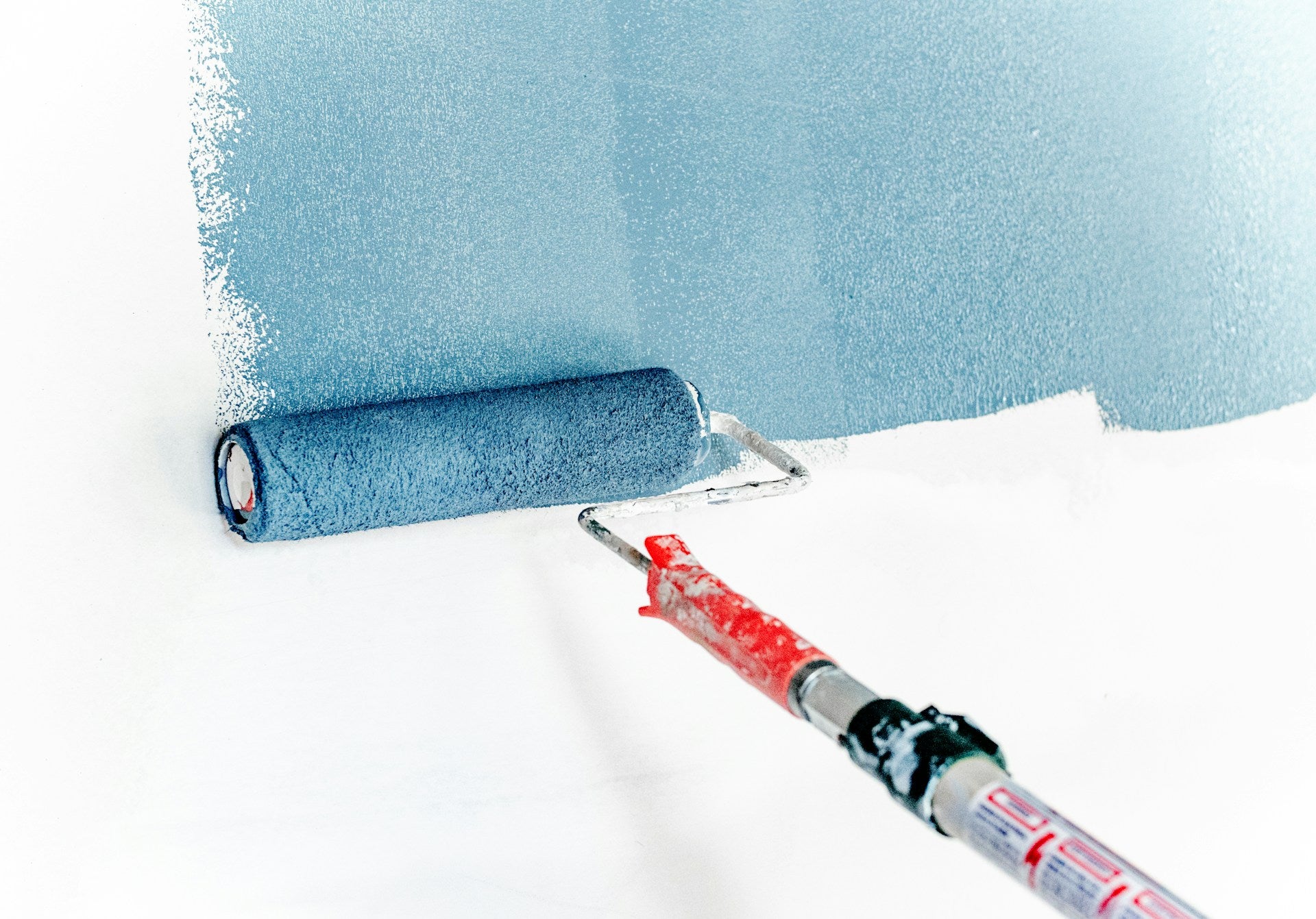
When the time comes to refresh the colours in our homes, we often find ourselves facing a world of endless possibilities. Navigating through countless shades, tones, and finishes can prove to be both exciting and daunting. But fear not, for the art of colour coordination is not as mysterious as it may seem. With professional guidance and a keen eye for detail, you can transform your living space into a harmonious masterpiece that perfectly reflects your unique style and personality.
Choosing the right paint palette for your home goes beyond simply selecting a few complementary shades. It involves understanding colour theory, identifying elements that inspire you, and adopting an approach that works best for your vision. A well-coordinated paint palette creates a sense of balance, cohesion, and flow, ensuring that our living spaces feel inviting, comfortable, and visually appealing.
Join us at Bonds Décor as we unlock the secrets to creating an exquisite paint palette and discover the transformative power of colour coordination. Watch your home come to life with vibrant hues and well-balanced combinations, immersing yourself in a beautifully curated living space that reflects your artistic flair and unparalleled taste.
Understanding Colour Theory
Before we explore the practical aspects of colour coordination, it's important to have a basic understanding of colour theory. This knowledge provides a solid foundation for selecting harmonious shades and crafting a cohesive palette.
- Colour Wheel: The colour wheel is a valuable tool that helps us visualize the relationship between different hues. Primary colours (red, yellow, blue) form the basis of the wheel, with secondary and tertiary colours filling in the gaps to create a circular spectrum.
- Complementary Colours: Positioned opposite each other on the colour wheel, complementary colours create striking contrasts when combined. For instance, blue and orange or red and green can add a bold sense of energy to a design.
- Analogous Colours: Located next to each other on the colour wheel, analogous colours form harmonious blends. These colour schemes impart a sense of calm and cohesion, making them ideal for bedrooms and other tranquil living spaces.
Selecting Your Ideal Paint Colour Palette
Now that we have a grasp of the basics of colour theory, let's examine the steps to selecting the perfect paint colour palette for your home.
1. Find Inspiration
Every great design concept begins with a spark of inspiration. Look around your home and identify the elements that draw your eye, such as artwork, furniture, or a favourite fabric. Draw inspiration from these items to build your colour palette, ensuring a cohesive and personal touch to your living space.
2. Play with Shades and Tones
Once you've identified your primary colour, experiment with varying shades and tones to create depth and visual interest. Lighter shades can provide a sense of airiness and calm, while darker tones add drama and intensity.
3. Balance Warm and Cool Tones
Creating a balanced palette means mixing both warm (reds, oranges, yellows) and cool (blues, greens, purples) tones. This equilibrium brings harmony to your living space, with warm tones boosting energy and cool tones promoting relaxation.
4. Test it Out
Before committing to a paint colour, it's crucial to sample the shade on your walls. Natural and artificial lighting can dramatically impact the appearance of a colour, so make sure to observe the swatch in various lighting conditions before making a decision.
Strategies for Applying Your Colour Palette
Now that you've chosen your colours, let's explore some strategies for applying them throughout your home.
1. Rule of 60-30-10
The rule of 60-30-10 is a guideline for achieving balance when incorporating colours into a room. It suggests that 60% of the room's colour should come from the walls, 30% from furniture and fabric, and 10% from accents and accessories.
2. Accent Walls
An accent wall is a feature that stands out from its surroundings through the use of bold colours, patterns, or textures. An accent wall can bring a space to life and create a focal point that directs the eye toward a particular area.
3. Gradation Technique
The gradation technique involves blending several shades of the same colour to create a smooth transition from light to dark. This approach works particularly well in long, open-concept rooms or hallway spaces, resulting in a subtle hint of sophistication and depth.
4. Connect Your Spaces
To maintain a sense of flow and harmony, consider using the same colours in adjacent rooms. This connection creates continuity, tying together your home's overall design and supporting the cohesion of your chosen palette.
Achieving Colour Coordination: Unleashing the Power of the Palette
Mastering the art of colour coordination is an essential aspect of creating a living space in which colour and design work hand-in-hand to reflect your personality and taste. By understanding colour theory, drawing inspiration, and experimenting with shades, tones, and techniques, you craft a unique and harmonious colour palette for your home.
Embark on your journey towards mastering the perfect colour scheme for your living space with the help of Bonds Décor expert team and an exceptional range of premium interior paint in Ottawa. Our professional guidance will assist you in achieving the perfect paint palette that will enhance your home's interior. Contact us today to get started!


































